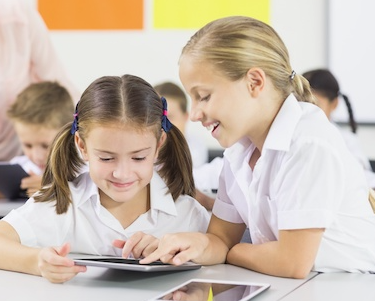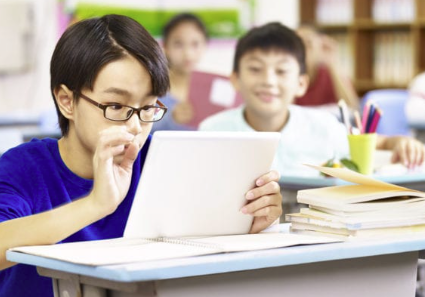Article:
Transition years—such as moving from elementary to middle school, middle to high school, or high school to college—are pivotal moments in a student’s educational journey. In 2025, personalized learning is proving to be a valuable tool in helping students navigate these changes successfully. By providing tailored support and fostering confidence, personalized learning equips students to adapt, grow, and thrive during periods of transition.
Understanding the Needs of Transitional Learners
Students in transition years often face academic, emotional, and social adjustments. They may encounter new expectations, different learning environments, and evolving peer dynamics. Personalized learning addresses these challenges by adapting instruction to fit the learner’s pace, interests, and individual goals.
Building Confidence Through Goal-Setting
During times of change, setting clear, personalized goals can help students stay focused and motivated. Teachers can guide students in identifying their strengths, setting realistic targets, and monitoring progress—creating a sense of structure and purpose that reduces uncertainty and builds confidence.
Providing Emotional Support and Reflection
Transitions can trigger stress or anxiety. Personalized learning environments often include reflective journaling, teacher check-ins, and emotional wellness practices that help students process their experiences. These strategies support emotional resilience and encourage open communication.
Fostering Academic Readiness
As students enter new academic levels, personalized learning ensures they are prepared for the demands ahead. Diagnostic assessments and personalized pathways allow students to review foundational skills or explore advanced topics as needed. This approach reduces learning gaps and promotes academic continuity.
Creating Safe, Inclusive Learning Spaces
Personalized learning promotes a sense of belonging by valuing each student’s background, learning style, and identity. In transition years—when students may feel unsure of their place—this inclusive mindset helps foster connection and acceptance in the classroom.
Supporting Transitions with Technology
Digital learning platforms can provide consistency across grade levels or schools. Students who are familiar with personalized tools and platforms can continue using them during transition periods, maintaining continuity and easing the adjustment to new environments.
Empowering Student Voice and Choice
Transition years are an ideal time to promote student agency. Personalized learning encourages students to make choices about their learning activities, projects, and goals. This autonomy fosters independence and prepares students to take greater ownership of their education.
Conclusion
In 2025, personalized learning is helping students navigate critical transitions with confidence, support, and clarity. By adapting to their needs and empowering them to take charge of their learning journey, educators can ensure that transition years are not just moments of change—but opportunities for growth and success.














